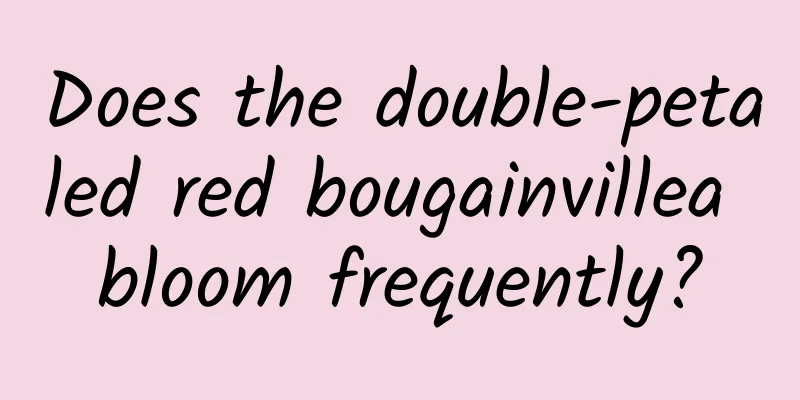The language and legend of hibiscus

Flower LanguageGentle persistenceHibiscus flowers have a great characteristic when they bloom, that is, they bloom in the morning and wither in the evening, just as every withering is for a better bloom tomorrow. It's like the sun sets in the evening and rises again tomorrow morning. Persevere. This is like loving a person. Although you may feel depressed, hurt, and have ups and downs sometimes, you will not give up easily and will persevere through it tenaciously. Nothing can shake the original choice. The only thing that remains unchanged is the belief in love. Therefore, the flower language of hibiscus is gentle persistence. Tenacity, beauty and eternityHibiscus has a strong vitality. After one flower withers, other buds will bloom one after another, as if endless and everlasting, symbolizing eternal charm. Hibiscus also represents a character that becomes stronger after going through hardships. It symbolizes prosperity and also has the meaning of nostalgia and loyalty. Hibiscus LegendIn ancient times, there was a hill to the east of Gudiqiu, named Lishan. At her feet grew hibiscus trees, which could reach two meters high, lush and verdant. In summer and autumn, the trees are full of flowers, which are very beautiful. One year in early autumn, the "Four Evils" - Hun Dun, Qiong Qi, Mu Shou Wu and Tao Tie - also came to watch. Seeing such a beautiful scenery, they all had the vicious idea of taking it for themselves, so they fought a battle for the hibiscus in Mount Li. In the end, they were all beaten and bleeding, and finally they dug down the hibiscus tree, but the flowers and leaves quickly withered and fell. Then the "Four Evils" left dejectedly. After hearing this, Yu Shun rushed over and asked the farmer to pick up the hibiscus and water it. Then a miracle happened. The hibiscus came back to life and bloomed beautifully like before. He and the farmer smiled happily. On the day when Mu Jin was resurrected, Yu Shun met three fairies in his dream and told them about this. Yu Shun dimly saw these three fairies floating towards him. They were so beautiful that he was mesmerized. The three beautiful fairies told Yu Shun that they were the Hibiscus Fairy and expressed their gratitude to him for saving their lives. Yu Shun was very frightened and immediately bowed, but the fairy smiled and said that her sisters had taken the name Shun as their surname to repay their benefactor's great kindness, and then disappeared. After Yu Shun moved to Fuxia, he transplanted the hibiscus to the new city. After he ascended the throne, he transplanted the hibiscus. The hibiscus grew luxuriantly and its flowers bloomed in profusion, so it became the national flower. Hibiscus, such a beautiful flower, also has such beautiful flower language and legends, which makes people feel even happier. |
<<: What is the function of wine bottle orchid
>>: The Language and Legend of Poinsettia
Recommend
How to mix soil for Monstera and what kind of soil does it like?
Suitable soil requirements for Monstera Monstera ...
Camel thorn effect and function
1. Edible Every July, when strong winds blow, the...
Does the rose prefer shade or sun?
Does the rose prefer shade or sun? The rose is a ...
What are the cultivation methods and precautions for potted bamboo cypress
Methods of propagation of bamboo cypress Potted b...
The Kalanchoe plant grows rapidly, but only grows leaves but no flowers? Come for 1 dollar and I’ll sell you a large quantity in 1 month!
What should I do if the Kalanchoe grows too tall?...
Is the camellia a shade or sun-loving plant?
Does Camellia prefer shade or sun? Camellia is a ...
What flowers are suitable for growing in Foshan? What are the city flowers and trees?
1. Foshan’s Climate Characteristics Foshan has a ...
There are many flowers you can not grow in spring, except this one, if you don’t grow it, you will lose a lot!
Mint grows well only when there is enough sunligh...
How to water aloe vera so that it grows lushly?
Aloe vera is a popular succulent plant known for ...
Cultivation methods and precautions of Monstera
Monstera is named after its leaves which resemble...
How to prolong the flowering period of Begonia
1. Its flowering period The flowering period of t...
Home care methods for lily bamboo
Lily Bamboo Cultivation Method: Temperature and L...
What to do if Daphne odora drops leaves
Metabolism When the Osmanthus fragrans sprouts ne...
When is the best time to plant freesia?
Freesia, also known as freesia, is a perennial bu...
How to grow chives so that they are thick and big How to make chives grow thicker and thicker
Nutritional supply should be adequate Often, many...









